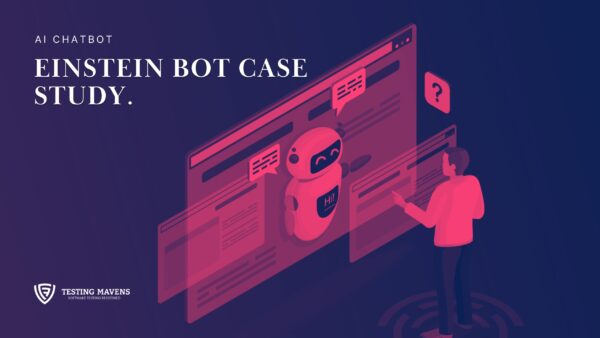Validating health plan consumers recommendations based on members usage analytics, claim data and consumer response for recommendations.
Consumer: Health Insurance Company
Industry: Healthcare
Challenge
We were tasked with testing a system designed to process large amounts of health plan consumer data and provide accurate recommendations via an API that other systems can consume once authenticated. This system allows health plan companies to configure and set up recurring recommendations and notifications for their consumers, guiding them on care, health assessments, and promoting the usage of digital products like online payments. The engine processes large volumes of member records upon loading. Recommendations are generated based on captured analytics data, and any change in member information triggers a reload for reprocessing the new information to update recommendations.
Scenarios for Recommendations:
Scenario 1: A member visits a pharmacy for prescription pickup. Based on the claims data, the consumer engine identifies that the member has not received a flu shot and immediately processes this information, sending a recommendation for a flu shot via a service bot.
Scenario 2: If a member has not downloaded and logged into the Member Portal mobile app, the consumer engine processes this data and sends a recommendation about the app’s availability, encouraging its use.
Scenario 3: After a member receives treatment that requires follow-up care, a recommendation can be sent to a CSR who may remind the member about the need for additional care during a conversation.
The recommendations above are generated by the platform via an API and consumed by various applications, rendering them to consumers on different interfaces. Now, let’s examine the testing approach.
Approach
High Level Test Objective:
Validate that after a member data load and processing, the generated recommendations and notifications are accurate, and proper responses to these recommendations are captured for ongoing communications.
Inputs :
Consumer Id, Consumer Attributes, Analytics Data
- Member attributes and data, available via consumer and payer APIs, which return consumer care data.
- A recommendation API returns the recommendation generated based on the data.
Once the member data is loaded, the platform processes it and generates recommendations for each member. We must ensure the accuracy of these recommendations based on analytics and care data. Since the member’s data and care data are available via consumer and payer APIs, we call these APIs to identify the expected recommendations. We process the responses from these APIs, storing the recommendation details in environment variables. Then, we call the get recommendation API to compare and validate the generated recommendations, first verifying the count and then comparing the details.
Results
This process validates recommendations for large numbers of health plan consumers without manual intervention, saving time in testing, providing 95% test coverage, and increasing efficiency.
Tools Used:
Automation Tools: Postman, JavaScript, Newman, NodeJS, NodeJS Express Server, Docker, Jenkins, CI/CD, Grunt
Documentation: Zephyr, JIRA, Confluence, Swagger

